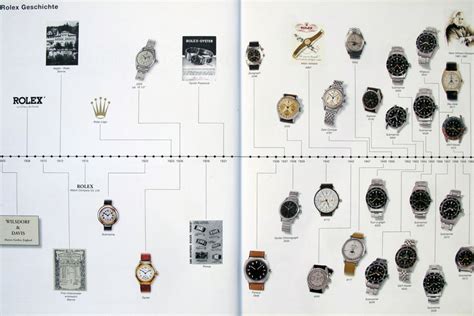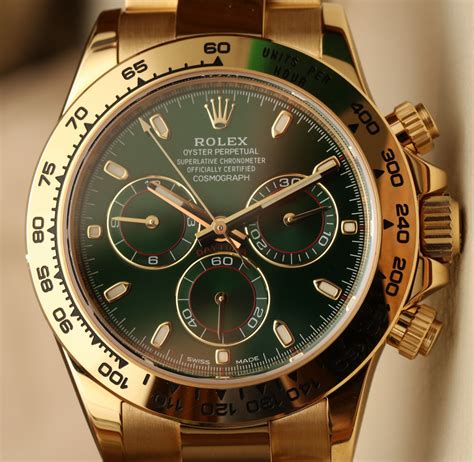how was rolex seen | history of rolex watch how was rolex seen Whenever Rolex followed a trend, they produced relatively forgettable watches. When Rolex stuck to their core designs, they made what have become some of the most collectible and popular. The Rolex Yacht-Master II is one of the most bewildering watches in The Crown’s catalog. Not being significantly updated since 2007, will we see an update this year. Will it be discontinued?
0 · rolex wrist watch history
1 · rolex watches
2 · rolex timepiece history
3 · rolex part 1 history
4 · rolex germany history
5 · rolex family history
6 · rolex clocks history
7 · history of rolex watch
Explorer 36. Oyster, 36 mm, Oystersteel and yellow gold. Reference 124273. View in night mode. Discover in 360°. The call of the peaks. The Oyster Perpetual Explorer 36 in Oystersteel and yellow gold features a distinctive black dial with characteristic 3, 6, and 9 numerals with a Chromalight display. Black dial.The Lady-Datejust is the Rolex classic feminine watch, concentrating all the attributes of the Datejust. Discover the range on rolex.com.
Whenever Rolex followed a trend, they produced relatively forgettable watches. When Rolex stuck to their core designs, they made what have become some of the most collectible and popular.
Whenever Rolex followed a trend, they produced relatively forgettable watches. When Rolex stuck to their core designs, they made what have become some of the most collectible and popular.
Rolex patented the technology for a maximum of 15 years, and in 1931, released its Oyster Perpetual. The watch was the brand’s second crowning achievement in less than a decade and one that Wilsdorf saw as the most logical progression of the first. Key Insights. Founding, expansion, and moving: Rolex was founded in London in 1905, and initially acted as a wholesaler of watches for local jewelry stores. It would eventually go on to start manufacturing its own watches and moved to Geneva after the First World War.About Rolex. Behind the Crown. Rolex’s history is closely linked to that of its founder Hans Wilsdorf. Hans Wilsdorf was a visionary who foresaw a century of change. Convinced that water resistance would turn the wristwatch into a must-have for .The fledgling company named Wilsdorf & Davis came to be in 1905 in London, from where the two founders would import Swiss watch movements and assemble them into cases in-house. These would then be distributed, unbranded, to jewelers at a time when wristwatches were not yet extremely popular.
rolex wrist watch history
In 1926, Rolex introduced a remarkable innovation that would forever transform the world of watchmaking: the Oyster case. This invention marked a pivotal moment in horological history. The Rolex Oyster case was a revolutionary breakthrough, providing the .
Explore the rich history of Rolex, from groundbreaking innovations and significant milestones to its enduring cultural impact and global prestige in luxury watches.The history of Rolex is inextricably linked to the visionary spirit of Hans Wilsdorf, its founder. In 1905, at the age of 24, Hans Wilsdorf founded a company in London specializing in the distribution of timepieces.
The arrival in 1926 of the iconic Rolex Oyster, the world’s first waterproof wristwatch, was momentous. With this watch, Hans Wilsdorf confirmed his prediction that advances in science and technology would pave the way for a new generation of adventurers.In 1926, Rolex introduced an important milestone in watchmaking history - the Oyster case. This revolutionary design featured a hermetically sealed case that made their watches water-resistant and dustproof. It was a game-changer for divers and adventurers alike.
rolex watches
Whenever Rolex followed a trend, they produced relatively forgettable watches. When Rolex stuck to their core designs, they made what have become some of the most collectible and popular.
Rolex patented the technology for a maximum of 15 years, and in 1931, released its Oyster Perpetual. The watch was the brand’s second crowning achievement in less than a decade and one that Wilsdorf saw as the most logical progression of the first. Key Insights. Founding, expansion, and moving: Rolex was founded in London in 1905, and initially acted as a wholesaler of watches for local jewelry stores. It would eventually go on to start manufacturing its own watches and moved to Geneva after the First World War.About Rolex. Behind the Crown. Rolex’s history is closely linked to that of its founder Hans Wilsdorf. Hans Wilsdorf was a visionary who foresaw a century of change. Convinced that water resistance would turn the wristwatch into a must-have for .The fledgling company named Wilsdorf & Davis came to be in 1905 in London, from where the two founders would import Swiss watch movements and assemble them into cases in-house. These would then be distributed, unbranded, to jewelers at a time when wristwatches were not yet extremely popular.
rolex timepiece history
In 1926, Rolex introduced a remarkable innovation that would forever transform the world of watchmaking: the Oyster case. This invention marked a pivotal moment in horological history. The Rolex Oyster case was a revolutionary breakthrough, providing the . Explore the rich history of Rolex, from groundbreaking innovations and significant milestones to its enduring cultural impact and global prestige in luxury watches.
The history of Rolex is inextricably linked to the visionary spirit of Hans Wilsdorf, its founder. In 1905, at the age of 24, Hans Wilsdorf founded a company in London specializing in the distribution of timepieces.The arrival in 1926 of the iconic Rolex Oyster, the world’s first waterproof wristwatch, was momentous. With this watch, Hans Wilsdorf confirmed his prediction that advances in science and technology would pave the way for a new generation of adventurers.

rolex part 1 history

rolex germany history
rolex family history
$12K+
how was rolex seen|history of rolex watch

























